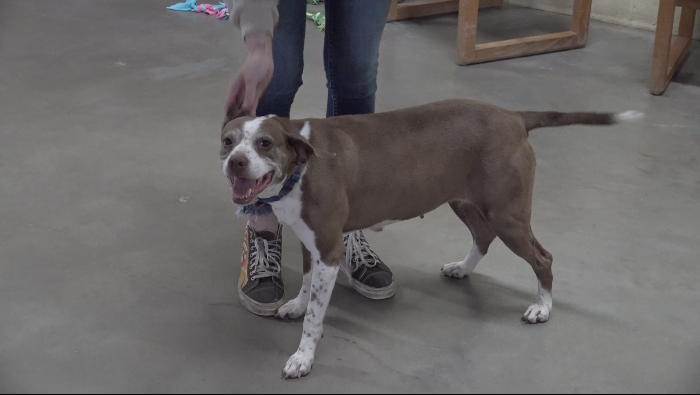
They introduce you to algebra, geometry, area, and perimeter concepts in maths. This approach can be employed to any irregular polygon, too. Rectangles are a fun way to start learning basic geometry.


Observe that the equality of the sum is necessary it is not sufficient that area$=0$),Įlse $P(x,y)$ is is inside the rectangle.Īcceptably this approach needs substantial amount of computation. Catering to the learning needs of 2nd grade, 3rd grade, and 4th grade children, the exercises comprise counting the squares in the shaded area, in rectangle and rectilinear shapes. Students find the areas of the individual rectangles and add them together. These worksheets have irregular shapes (made of 2 or more rectangles rectilinear figures). Area is measured in square units such as square inches, square feet or square meters. Grab the worksheets piled up here to attain an in-depth understanding of how the area of shapes is calculated by counting unit squares in the grid. Find the areas of the rectangles and squares by using the formula area length times width. Thus, the total area of the rectangle ABCD is 48 sq. If area of any of the triangles is $0$, then $P(x,y)$ is on the rectangle (in fact on that line corresponding to the triangle of area$=0$). Area is 2-dimensional: it has a length and a width. The area of a rectangle ABCD is the total number of unit squares contained within it.

If this sum is greater than the area of the rectangle, then $P(x,y)$ is outside the rectangle.Įlse if this sum is equal to the area of the rectangle (observe that this sum cannot be less than the latter), To determine the length and width of a rectangle given area and perimeter: State the equations for both area (A) and perimeter (P). Let $P(x,y)$, and rectangle $A(x_1,y_1),B(x_2,y_2),C(x_3,y_3),D(x_4,y_4)$Ĭalculate the sum of areas of $\triangle APD, \triangle DPC, \triangle CPB, \triangle PBA$.


 0 kommentar(er)
0 kommentar(er)
